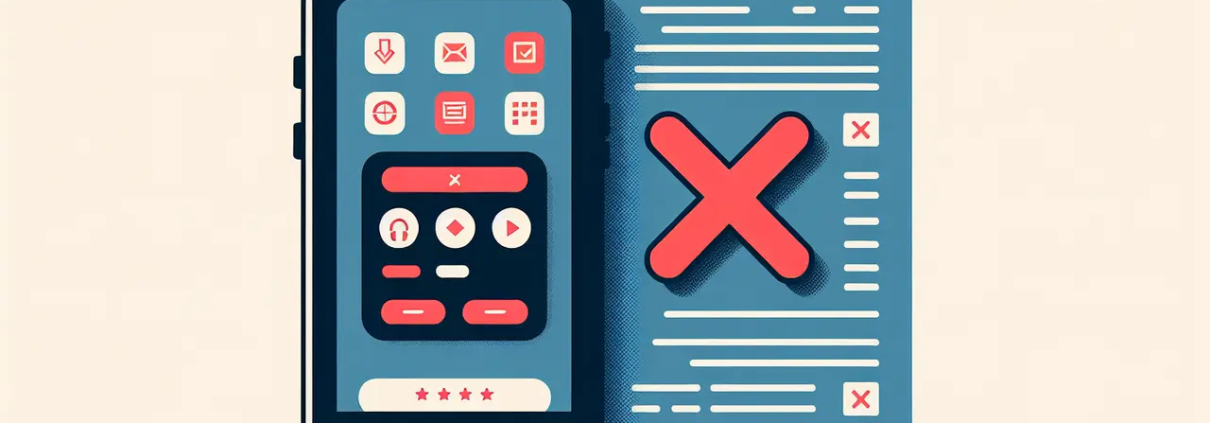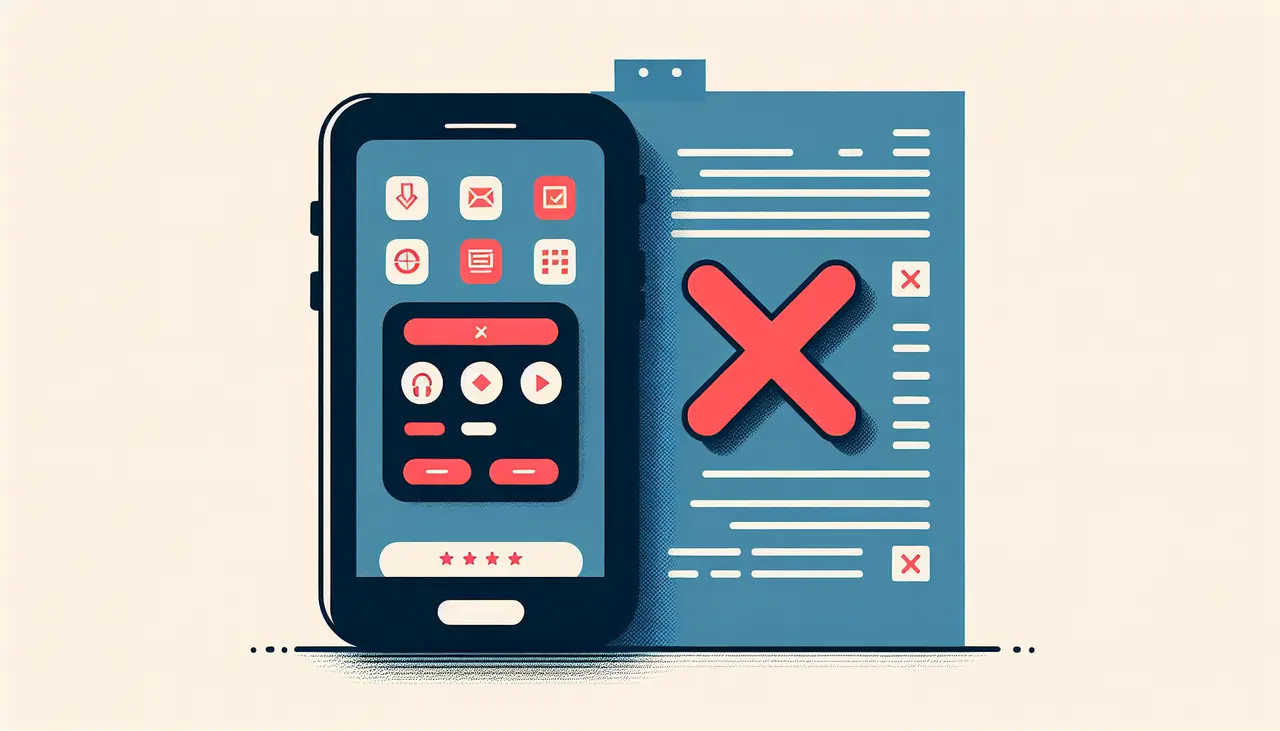What Are Common Reasons For App Store Rejections?
App Store rejections can be a frustrating experience for developers. Understanding the common reasons for these rejections can save time and help you ensure your app gets approved more smoothly. In this blog, we’ll explore the most frequent causes for app store rejections and how to avoid them.
Introduction to App Store Guidelines
Apple has a comprehensive set of guidelines that all apps must follow to be accepted into the App Store. It’s crucial to familiarize yourself with these guidelines before starting the development process.
The App Store review process has been designed to ensure that all apps meet Apple’s high standards for privacy, security, and performance. This means that as a developer, you need to pay careful attention to every detail of your app, from its functionality to its user interface.
By understanding these guidelines, you can reduce the number of revisions you’ll need to make and avoid common pitfalls that lead to rejections. Many developers find it helpful to reference the App Store Submissions For iOS Developers (2024 Guide) to stay updated on the process.
Common Design Violations
Many apps are rejected due to design issues. These can include user interface problems, low-quality graphics, and not following Apple’s design principles. Ensuring your app has a clean, intuitive design is key.
Apple provides Human Interface Guidelines which offer best practices for design. Adhering to these guidelines can help you avoid common design pitfalls that might cause rejections.
A poorly designed app not only risks rejection but also diminishes the user experience. Apps that don’t provide value in terms of user experience are often categorized as having limited functionality and fail to pass Apple’s rigorous review.
Privacy Policy and Data Handling
Apple places a high priority on user privacy. Rejections can occur if your app doesn’t have a clear privacy policy or mishandles user data. Make sure to provide transparent information on data usage and adhere to privacy guidelines.
An app that collects user data without explicit consent or doesn’t have a clear privacy policy linked both within the app and the App Store Connect metadata field will most likely be rejected. This is in line with Apple’s privacy guidelines.
Remember, any data collection should comply with GDPR and other relevant laws. This will help in ensuring a smooth approval process and build user trust.
In-App Purchases and Monetization
Your app’s in-app purchase mechanisms need to comply with Apple’s policies. Misleading pricing, improper handling of in-app purchases, and not using Apple’s In-App Purchase system can lead to rejections.
If your app requires payment for content or features, ensure all transactions go through Apple’s in-app purchase system. Failure to do so is a common reason for app rejection.
Always be clear and truthful about the pricing of in-app purchases to avoid misleading users, which can lead to your app being flagged and potentially rejected.
Performance and Stability Issues
Apps that crash frequently or have significant performance issues are swiftly rejected. Always test your app thoroughly to ensure it runs smoothly and efficiently.
Apple has strict performance criteria for apps. They must work on all the latest systems, including the most recent hardware and software. Apps that exhibit unstable performance, such as constant crashes or slow load times, are likely candidates for rejection.
Utilize testing tools like Apple’s TestFlight to conduct regular beta tests. This will help catch any performance issues early before submitting your app for review.
Legal Violations and Intellectual Property
Violating copyright laws or using unauthorized content can get your app rejected. Respect intellectual property rights and ensure all content in your app is legally obtained and appropriately used.
Apple is very strict about compliance with intellectual property laws. Make sure that any third-party content like music, artwork, or videos have been properly licensed. Unauthorized use of copyrighted content is a fast track to rejection.
Apps that display any form of pirated content or facilitate unauthorized sharing of copyrighted material will face severe consequences, including rejection and possible removal from the App Store.
Misleading and Inaccurate Information
Providing false or misleading information about your app’s functionality can lead to rejection. Ensure your app’s description, screenshots, and previews accurately represent what it does.
Accurate metadata is essential for passing Apple’s review process. Any placeholders, broken links, or incomplete information can result in your app being flagged for inaccuracies. Apple requires that all app descriptions and promotional materials be truthful and reflective of the actual app experience.
Avoid using superlative marketing language that cannot be substantiated. If your app’s functionality is exaggerated in the description, it will likely lead to a rejection during the thorough review process.
Wrapping Up: Avoiding App Store Rejections
Understanding and addressing these common reasons for App Store rejections can help you navigate the app submission process more smoothly. By paying attention to Apple’s guidelines and ensuring your app is compliant, you can increase your chances of getting your app approved on the first try.






Leave a Reply
Want to join the discussion?Feel free to contribute!